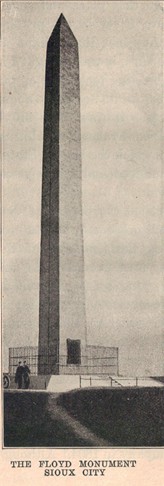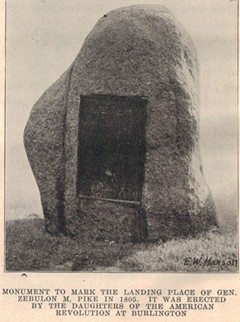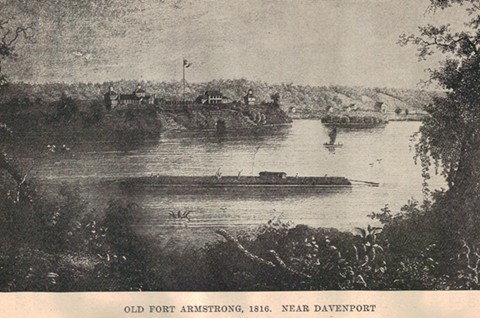While the Iowa country was attached to the Territory of Michigan, some soldiers were ordered, about 1835, to travel over the interior of the Iowa part. It has been said that they traveled more than one thousand miles during the summer as they went in different directions through the territory; and at the end of the journey one of those officers, Lieutenant Albert M. Lea, whose name is remembered in a town of Minnesota, wrote a story of what he had seen. That was the first description of the land in this State. His little book is to be found in only a few places, and it would cost considerable money to buy it if it were offered for sale.
As the settlements grew westward and northward in Iowa, it was found that they needed protection from the Indians, especially from the Sioux tribe. Forts were built in different places and the name of Fort Dodge, one will readily see, grew out of one of these. North of that place, at Spirit Lake, a dreadful massacre of settlers took place in 1857. Men hurried from Fort Dodge and from Webster City to help protect those that remained. It was a hard journey in the cold of winter and the men who had volunteered suffered many hardships while some lost their lives from exposure to the storms.






